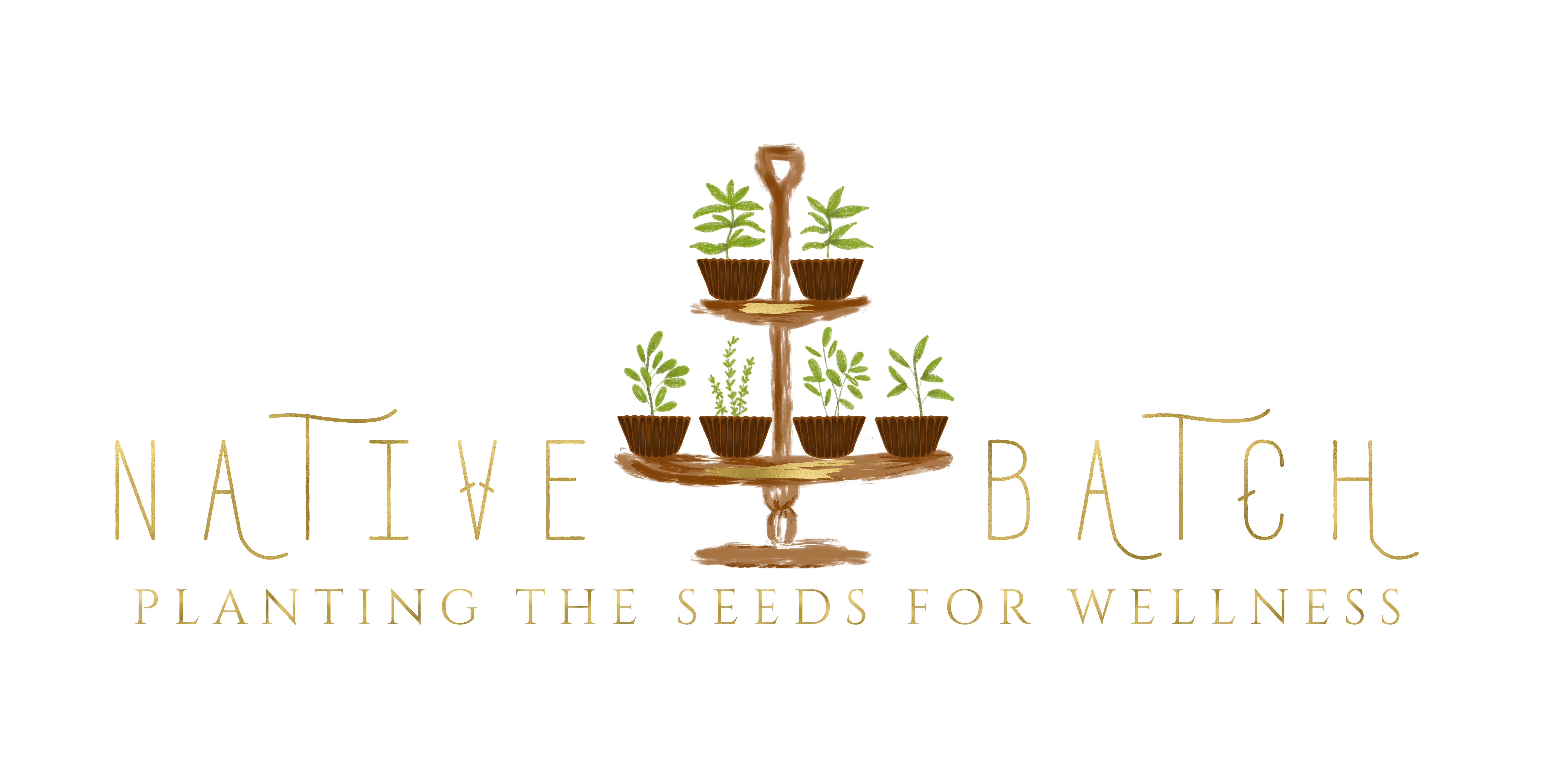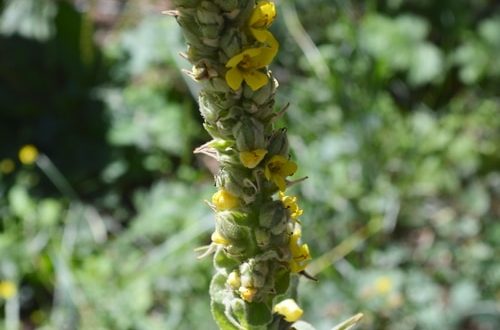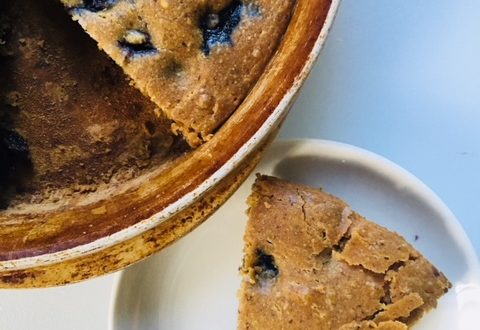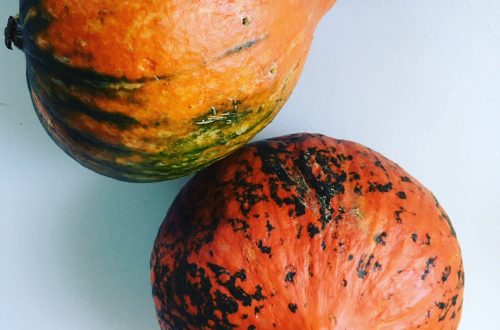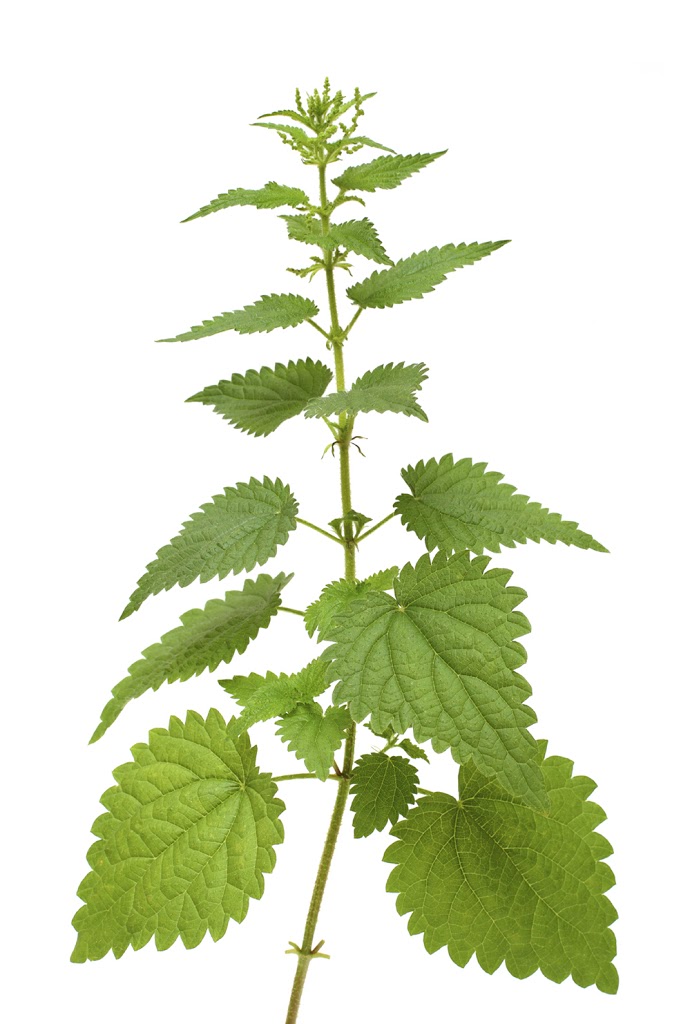
The #1 Health Saving, Money Saving Herb!
What would you say if I told you there was an herb that could give you all if not more of the nutrients that eating your favorite green vegetables can give. And it costs a fraction of what organic greens cost. Even in it’s dried form when consumed as a tea it can provide you with minerals and vitamins not readily available in other herbs. Well if you’re like me and you’re interested in most things nutritional and natural healing, you might already know this herb. Or you could be someone saying, “What is this herb?! Tell me more!” Well for those of you out there in the second category that my friends is exactly what I’m going to do.
Nutrition
Before I go into this magical herb I want to discuss briefly how now more than ever so many people are walking around malnourished. Yes malnourished even with restaurants, supermarkets and convenience stores on just about every corner in most towns and cities. Most of us are not getting the proper nutrients into our body. We’re lacking in key minerals and vitamins to keep not just our body but our mind and spirit functioning at a high level.
According to the US government’s 2015-2020 dietary guidelines it was reported that at least half of all American adults have one or more preventable chronic diseases, many or related to poor quality eating patterns and physical inactivity. Now the key word here is “quality”. Quality food should have the proper nutrients to nourish a body. However the problem is most of the soil used to grow produce and feed livestock is becoming depleted of nutrients. And buying organic can be pricey. There’s even some questions about the authenticity of buying organic (⇠please read it’s very informative about USDA organic practices).
Everyone seems to be looking for an answer as to how to keep their body healthy, nutritionally balanced in the least expensive way possible. And I believe there’s one herb that can help greatly!
Nettle Leaf
The magical herb with all the nutrients I’m speaking of is stinging nettle leaf. I first learned about stinging nettle years ago when I was looking for natural remedies for my own chronic illness. My most recent herbal studies has reunited me with the power of nettle again, its amazing properties and nutritional values. Before I get into my personal use of using nettle and all the benefits let’s talk about the history of nettle.
The Make Up of Nettle Leaf
The botanical plant name of stinging nettle is Urtica Dioica, it’s also known as Common Nettle and Nettle. It belongs to the botanical family of Urticaceae. One of my favorite herbalists, Nicholas Culpepper described the appearance of Nettle in these words, “…the stalk is ridged, and grows a yard or more high, beset with little prickles or stings, with a perforation at the point, and a bag at the base...The leaves are large, broad, oblong, sharp-pointed, serrated, and covered with the same prickles. The flowers are greenish and inconsiderable.” As you can see from the picture below he was very accurate in his description.
Nettle is a perennial plant which can reach five feet in height. The stingers on the leaves are basically how the name stinging nettle came to be and when touched will cause a stinging sensation and result in a rash for most people. However when the leaves are wilted, dried or cooked the stingers are not active. Stinging nettle comes up in the Spring and goes back to dormancy towards the Fall. The leaves and roots can be used for medicinal purposes with some of the actions of the herb being nutritive, diuretic, a blood tonic, immunity booster and digestive.
The History of Nettle
Stinging Nettle is native to America, Asia and Europe and has been used for centuries. In ancient times, during Egyptian and Roman periods beating oneself with fresh nettle leaves, a process called urtification was known to treat coma, chronic rheumatism, typhus, cholera and paralysis. This practice of urtification was also known to be a part of the medicinal methods of Native American, Canadian and Ecuadorian Indian Tribes.
You might also be surprised to know that nettle was even used for fabrics! The Native Americans used nettle not just to treat bronchitis and digestive issues but used the fiber for things like fishing cloths, sail cloths and cordage. And during World War I due to a textile shortage the German soldiers were reported to have had uniforms made out of 85% nettle fiber. The medicinal purposes of stinging nettle are many! According to the reports of Hippocrates and his cohorts back in the time of 460-377 B.C. there were 61 remedies using nettle, many of the remedies still used today.
The Benefits of Nettle Leaf
Listed below are twelve of the many benefits of nettle:
- The best herb to use for prostate enlargement, reduces prostate.
- Helps with hair growth, graying hair, baldness and dandruff.
- Aids with arthritis.
- Helps to lower blood sugar.
- Helps to diminish acne.
- Works to purify blood.
- Provides nutrition (has serotonin, vitamins A,B,C,K, iron, protein, calcium, zinc and magnesium as components)
- It’s useful in treating nerve disorders.
- Can be used as a mouthwash to keep away mouth sores & plaque.
- Has anticancer properties.
- Helps with anemia.
- Can help to decrease blood pressure.
- Helps with blood circulation.
How To Use Nettle Leaf
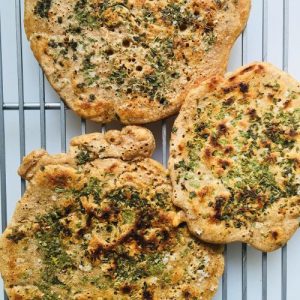
How Nettle Leaf Can Save You Money!
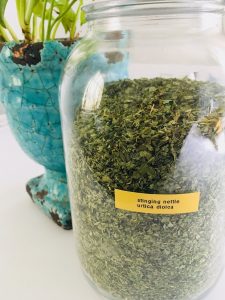

Nettle Leaf and Hair
My Experience with Nettle Leaf
Side effects of Nettle Leaf
Final Thoughts

References:
Culpeper’s Complete Herbal, Nicholas Culpeper
Herbal Medicine for Beginners, Katja Swift and Ryn Midura
https://herbpathy.com/Uses-and-Benefits-of-Stinging-Nettle-Cid863
https://www.cloverleaffarmherbs.com/nettle/
http://herballegacy.com/Vance_History.html
https://www.livestrong.com/article/440537-nettle-tea-benefits-and-warnings/?slide=


